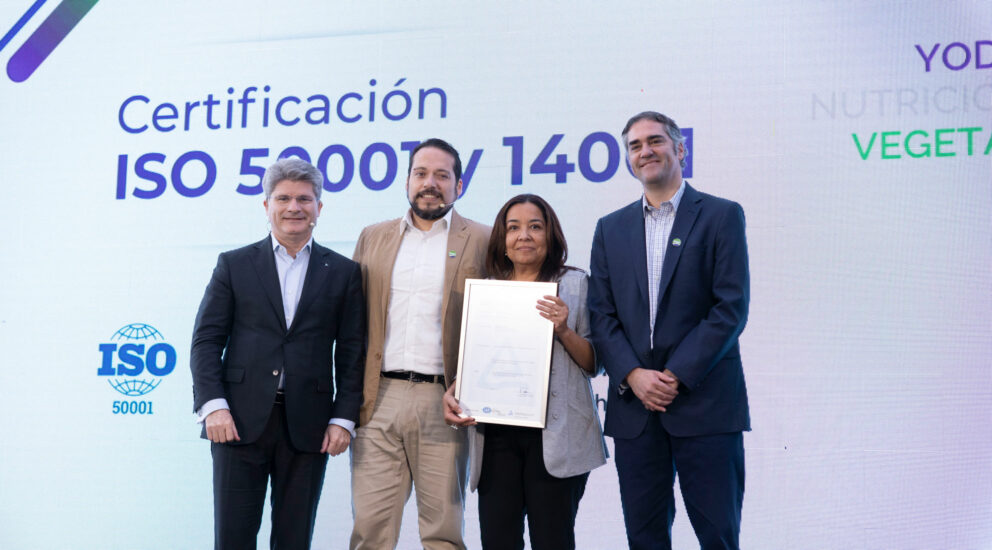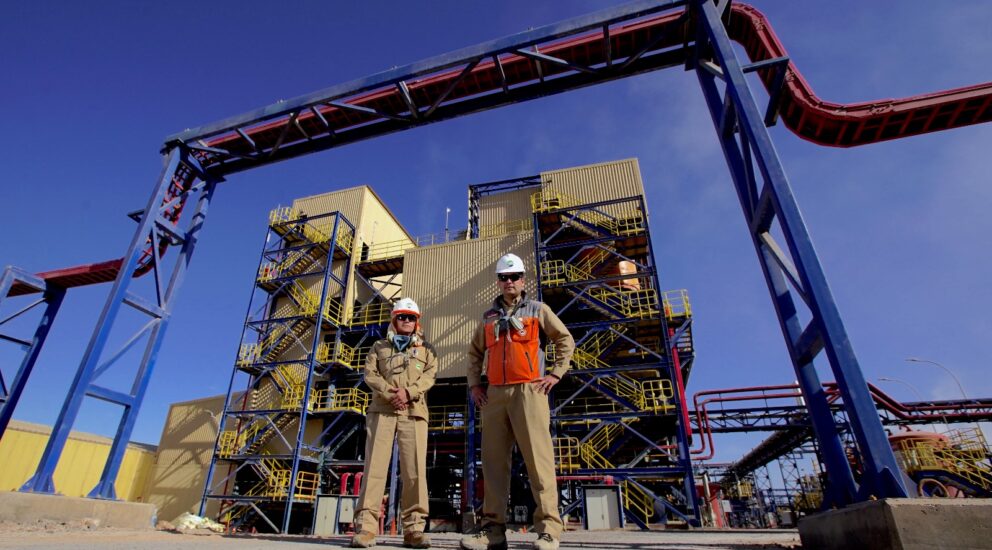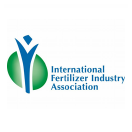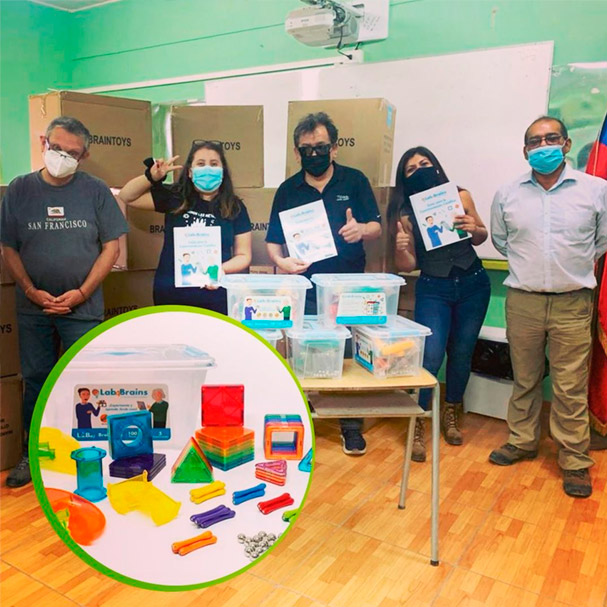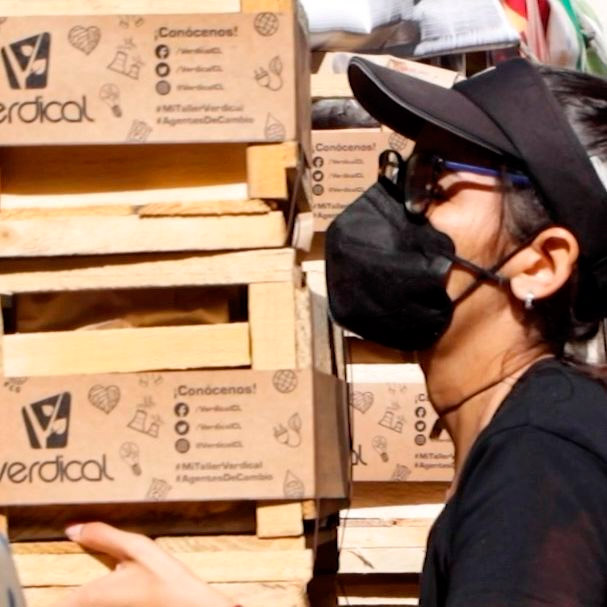-
La Iniciativa para el Aseguramiento de la Minería Responsable
IRMA es un estándar internacional que evalúa de forma independiente el desempeño social y ambiental en las minas a nivel mundial. Su rigor lo convierte en una fuente de referencia para un amplio abanico de interesados.
Más información
-
Responsible Care
Certificación y compromiso voluntario de las empresas químicas para perfeccionar los procesos de producción, manejo, distribución, uso y disposición de sus productos, con el objeto de obtener las mejores condiciones de salud y seguridad para sus empleados y comunidades aledañas, protegiendo el medio ambiente y los bienes propios y de su entorno.
Más información
-
EcoVadis
Ecovadis es un proveedor de calificaciones de sostenibilidad, con metodología basada en las normas internacionales. Entre ellas la Iniciativa Mundial de Presentación de Informes de el Pacto Mundial de la ONU y la norma ISO 26000.
Más información
-
ISO 14001
Norma de Sistemas de Gestión Ambiental (SGA) que consigue que las empresas puedan demostrar que son responsables y están comprometidas con la protección del medio ambiente, a través de la gestión de los riesgos medioambientales que puedan surgir del desarrollo de la actividad empresarial.
Más información
-
NCh 3262, Igualdad de Género
La NCh 3262 (2012) de Igualdad de Género y Conciliación de la Vida Laboral, Familiar y Personal, es una norma de cumplimiento voluntario que puede ser implementada en cualquier organización. Para incorporar la perspectiva de género en las empresas, el Programa de la ONU para el Desarrollo (PNUD) recomendó a todos los países la generación de programas en certificación de sistema de gestión de equidad de género.
Más información
-
Dow Jones Sustainability Index
El Dow Jones Sustainability Index o “DJSI”, es un conjunto de varios índices de sostenibilidad que integran a las compañías listadas en la Bolsa de Nueva York con alto desempeño en diferentes ámbitos como el económico, el social y el ambiental.
Más información
-
CDP – Carbon Disclosure Project
CDP es una organización sin fines de lucro que dirige el sistema de divulgación global para inversores, empresas, ciudades, estados y regiones, a fin de gestionar su impacto en el medioambiente. Se considera internacionalmente a CDP como uno de los informes ambientales más completos sobre la acción corporativa y de la ciudad en materia de sostenibilidad.
Más información
-
Huella Chile
Su objetivo es fomentar la gestión de Emisiones de Gases de Efecto Invernadero en organizaciones públicas y privadas para la mitigación de éstas en el país. Este programa entrega reconocimientos desde la cuantificación de huella de carbono hasta la declaración de excelencia.
Más información
-
ECOPORTS
Es la iniciativa medioambiental más importante del sector portuario europeo y como tal ofrece una serie de herramientas para la gestión ambiental basadas en pautas EcoPorts PERS, estándares globales y de carácter voluntario con exigencias que van más allá de lo normativo.
Más información
-
Giro Limpio
Es un programa nacional voluntario, administrado por la Agencia de Sostenibilidad Energética, que busca certificar y reconocer los esfuerzos realizados por las empresas de transporte de carga en el ámbito de la sustentabilidad y la eficiencia energética.
Más información
-
CERTIFICACIÓN 27001
La ISO 27001:2013 es una norma internacional que proporciona un marco para los Sistemas de Gestión de Seguridad de la Información (SGSI) con el fin de proporcionar confidencialidad, integridad y disponibilidad continuada de la información, así como cumplimiento legal. La certificación ISO 27001 es esencial para proteger los activos más importantes de SQM, además de la información de sus clientes y empleados, la imagen corporativa y otra información privada, esencial para el negocio. La norma ISO incluye un enfoque basado en procesos para lanzar, implantar, operar y mantener un sistema de gestión.
Más información
-
TISAX
TISAX® es un procedimiento de evaluación e intercambio común para el sector automotriz. Se basa en el cuestionario (ISA - Information Security Assessment) desarrollado por el grupo de trabajo de la VDA "Seguridad de la Información", que a su vez se basa en aspectos clave de la norma internacional ISO/IEC 27001 y se ha ampliado para incluir un modelo de madurez.
Además, los órganos responsables de la Asociación Alemana de la Industria Automotriz (VDA) han creado las condiciones para establecer el mecanismo de evaluación e intercambio conjunto bajo el nombre de TISAX® (Trusted Information Security Assessment eXchange). TISAX® es una marca registrada de la Asociación ENX.
SQM se encuentra inserta en la industria de las baterías de Litio, por lo que certificación TISAX®, es parte de un requerimiento de sus clientes más importantes.
Más información
-
ISO 45001
Norma de Sistemas de Gestión de la Seguridad y Salud en el Trabajo (SST) que consigue que las empresas puedan demostrar que son responsables y están comprometidas con la protección de la seguridad y salud ocupacional, a través de la gestión de los riesgos laborales que puedan surgir del desarrollo de la actividad empresarial.
Más información
-
ISO 50001: 2018
Es un Sistema de Gestión de la Energía basado en la ISO 50001 que incluye una serie de procesos que permite a las personas de diversas responsabilidades en toda la organización, utilizar los datos y la información para mantener y mejorar la eficiencia energética.
Más información
-
ISO 9001: 2015
La norma ISO 9001:2015 es un estándar internacional de gestión de calidad que establece los requisitos para un sistema de gestión de calidad efectivo en una organización.
Más información
